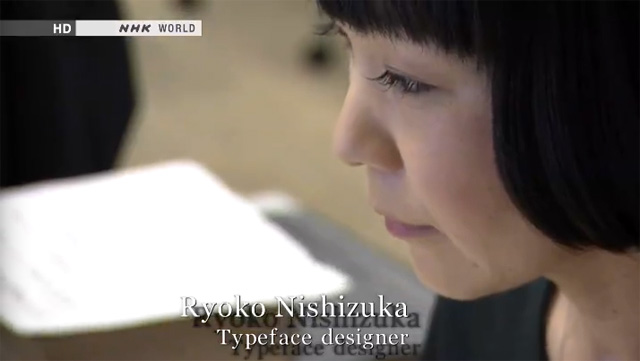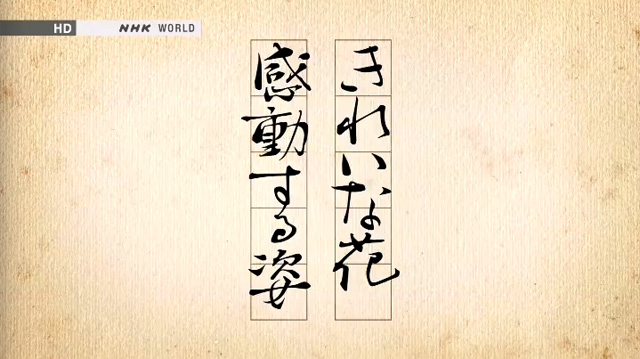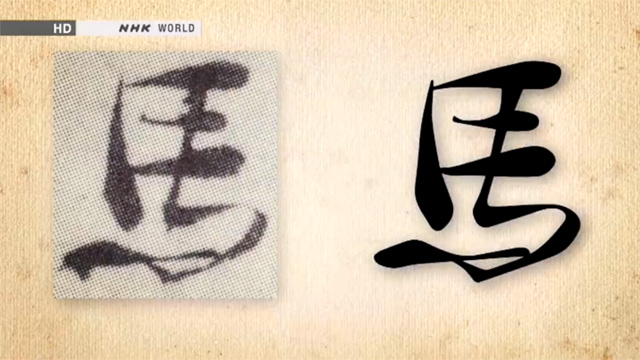I have advocated the use of the special-purpose and language-neutral Adobe-Identity-0 ROS over the past few years, and have developed several CID-keyed fonts that take advantage of this ROS, but keep in mind that its use can act like a double-edge sword.
On one hand, it provides font developers with great flexibility, in terms of the glyph complement of a font. In other words, font developers need not be restricted to one of our public CJK ROSes, such as Adobe-Japan1-6, or a subset thereof. Kazuraki is an example of a Japanese font whose glyph set requirements didn’t fit Adobe-Japan1-6, so the Adobe-Identity-0 ROS was used.
On the other hand, font developers need to develop all of the necessary resources, such as the UTF-32 CMap Resource that is used as the basis of the ‘cmap‘ table, which maps Unicode code points to glyphs in the font, along with any GSUB features. In addition, and because the Adobe-Identity-0 ROS is language-neutral in that its designation does not specify or suggest a primary language, some applications may incorrectly assign a primary language to such fonts. This, of course, is due to heuristics (発見的教授法 in Japanese), or more specifically, their failure.
Continue reading…




